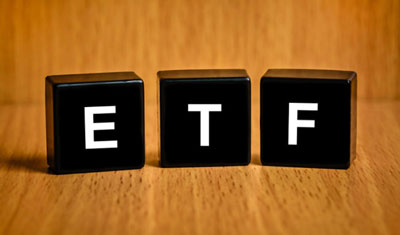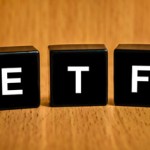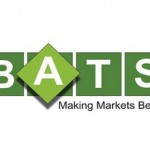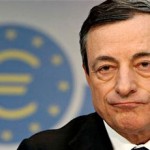ETFs are the next frontier for liquid alternatives

Mutual funds have been the go-to wrapper for alternative strategies, but that’s changing
To investors, State Street Global Advisors might be best known as the firm behind the plainest of plain-vanilla investment products: the SPDR S&P 500 ETF (SPY). The exchange-traded fund attempts to duplicate the returns of the stocks of some of the most recognizable U.S. companies.
But when it comes to the future, the ETF manager is throwing around some exotic words: convertible arbitrage, merger arbitrage, managed futures. Those are all strategies that David B. Mazza, head of research for SPDR ETFs, could see in his firm’s products one day.
“The growth of alternatives, particularly liquid alternatives, has been much greater in the mutual fund wrapper as opposed to ETFs,” Mr. Mazza said. “I don’t think that precludes the fact that the ETF as an investment vehicle might be a more favorable source for certain types of strategies in the future.”
Despite their slow uptake, alternatives are at the top of wish lists for many large ETF managers, according to several interviewed for this story. Advisers buy the products for clients in the hope of juicing performance or smoothing out volatile returns. That’s sent billions of dollars into a large range of funds, in particular multistrategy products, which allocate to a variety of managers making hedge-fund-style bets.
NEXT SMART BETA
Many ETF managers are looking at alts as the next smart beta, a blockbuster product that tweaks indexes to drive outperformance.
Yet the obstacles to bringing the products to market are immense, and a host of niggling details are holding them back. Funds classified as alternative, commodity or nontraditional bonds by Morningstar Inc.account for just under 5% of the $2 trillion U.S. market for ETFs.
That compares favorably on a percentage basis with alternatives’ 2.8% of U.S. open-end mutual fund assets. But in absolute terms those funds have gathered far more money: $337 billion in liquid alt mutual funds to $99 billion for ETFs.
A number of ETF issuers have already built alternative ETFs, including State Street, ProShares and BlackRock Inc.’s iShares, all with relatively large alternative or commodity fund lineups.
Yet actively managed strategies in general have remained a small segment of the ETF universe, in part because the largest managers blanch at requirements they tell the market their holdings on a daily basis. Managers of hedge-fund-style strategies are frequently the least receptive to making such disclosures, according to Robert L. Forsyth III, a senior manager at SSGA, who spoke at a conference in New York last month. SSGA, which manages $2.4 trillion globally, is a unit of State Street Corp.
Mr. Forsyth said the rock-bottom prices in the ETF world are also a hindrance to managers more familiar with two-and-twenty fee structures, in which they earn fees of 2% of assets plus 20% of gains each year. The average investor in an ETF pays 0.29% for an index-based fund and 0.62% for an actively managed fund, according to Lipper.
And many alternative strategies are capacity constrained, meaning performance can suffer if the same strategy is chased by too many assets. But ETFs are designed to grow with demand.
Dodd F. Kittsley, who is head of ETF strategy at Deutsche Asset & Wealth Management, agreed that building durable products in the alternatives world is a tall order. His firm — a unit of Deutsche Bank AG — manages $1.27 trillion globally and has a $19 billion U.S. ETF unit. The firm’s funds largely focus on stocks and bonds, but they’ve developed a specialty in products that try to mute the impact of swings in foreign currencies.
“It’s tough,” Mr. Kittsley said of alternatives. But he is convinced that ETFs can capture a larger share of the alternative market.
“BIG OPPORTUNITY’
“It’s an area we’re not playing enough in,” he said. “I do think it’s a big opportunity. It has to be very thoughtful in terms of how the products are developed.”
But not everyone is bullish about the potential for alternatives in an ETF structure. One skeptic is Andrew G. Arnott, president and chief executive of John Hancock Investments, which recently launched the first in a series of ETFs.
While he’s confident about the future of ETFs for smart-beta strategies, he’s less optimistic about alternatives. For one thing, he said, ETFs haven’t proven they are as effective with actively managed strategies as they are with index-based ones.
“You have to be really careful,” Mr. Arnott said. “Multiasset alternatives, that whole space, I don’t think that a passive approach is going to be more effective than active in those areas.”
Source: Investment News – ETFs are the next frontier for liquid alternatives





























